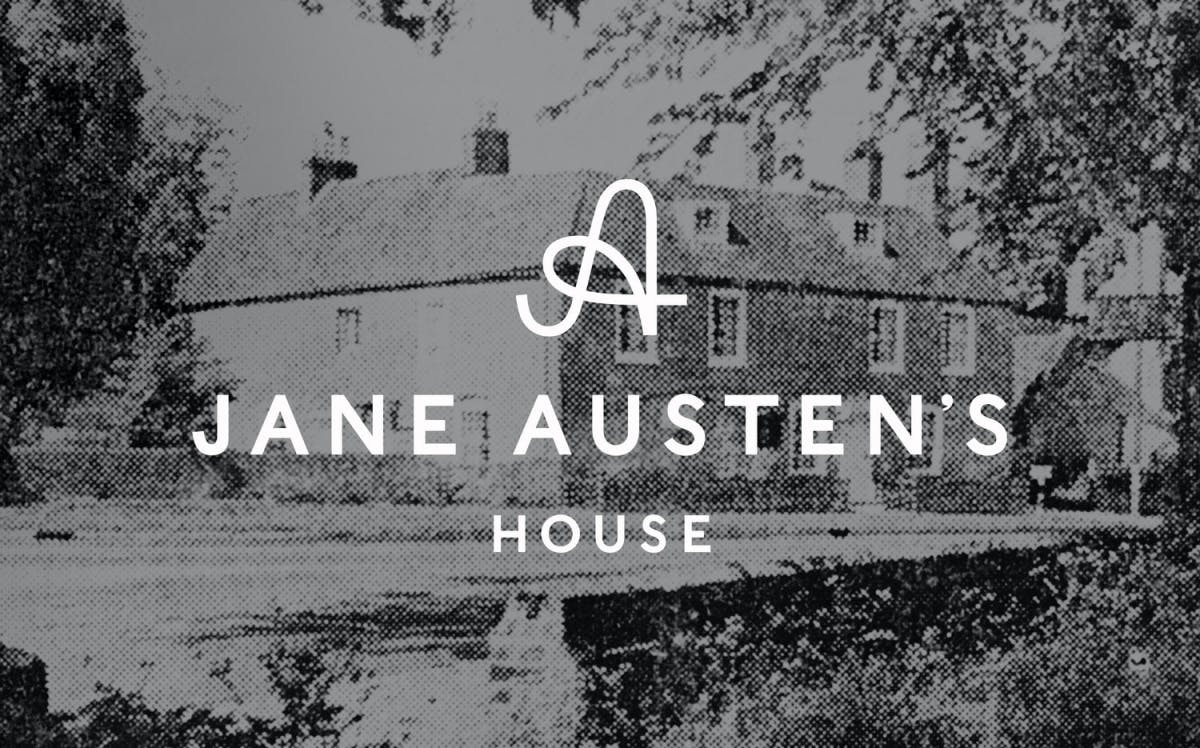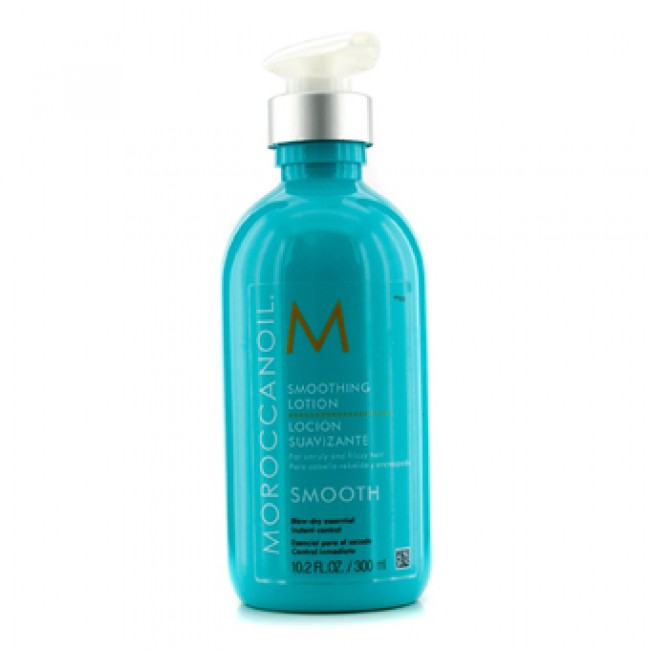Table Of Content

In 1816, at the age of 41, Austen started to become ill with what some say might have been Addison's disease. She made impressive efforts to continue working at a normal pace, editing older works as well as starting a new novel called The Brothers, which would be published after her death as Sanditon. At some point, Austen's condition deteriorated to such a degree that she ceased writing.
Public Transport Directions
This inspiring Hampshire cottage was Jane Austen’s home and the birthplace of her six beloved novels. Jane Austen’s House Museum is located in the rural village of Chawton near the town of Alton in Hampshire. The historic city of Winchester is just over 15 miles to the south west of the village, and the market town of Farnham is 10 miles to the west. Formally known as Chawton Cottage, the house in which Austen spent her final years was originally built in the late 17th century. Originally home to local farmers in the area, the house briefly became a public inn from 1781 to 1787, before being let by Austen’s elder brother Edward Austen Knight to Bailiff Bridger Steward after two murders were reported at the house.
Vegetarian and Vegan Places to Eat in Hampshire
There is accessible parking next to the house; please contact us if you require assistance. If you are looking for things to do in Hampshire, a visit to Chawton House makes a great day out. Once visitors have had their fill of the enchanting atmosphere, the Gift Shop with a large selection of souvenirs is well worth a browse. Schools and colleges are welcome too, with a dedicated Learning Officer ready to inspire and transport classes back to early 19th century Hampshire. Austen’s health began to deteriorate by the time she was 40, and although she did ignore the eary warning signs, part of the reason she moved to Chawton was to be closer to her physician in Winchester.

Not sure what to get mom for Mother's Day? Try David's Tea
The name is usually a slang demonym for Mexico City natives, but the chef/owner was emphatic on our visit that this isn't food meant to evoke CDMX. It's Mex-Tex, a term Guzmán uses to describe the Mexican-forward version of Tex-Mex cuisine (Guzmán's roots are in the Yucatán). The result is a collection of dishes with names and cooking techniques that ignite the chef's passion and creativity.
Jane Austen’s House in the picturesque Hampshire village of Chawton is one of the most important literary sites in the world. It was in this inspiring cottage that Jane Austen’s genius flourished and where she wrote, revised, and had published all six of her globally beloved novels. Browse the unique rage of gifts and books in the beautiful Gift Shop and relax with an ice cream on the lawn. Austen’s house in Chawton—where she lived the last eight years of her life—looks much the same as she might have left it, when she died from Addison’s disease at age 41. Throughout 2013, the museum will celebrate 200 years of Pride and Prejudice with an exhibition that explores the story of the novel and the history of its writing.

Just eight minutes walk down the road from Chawton House is Jane Austen’s House. This is where Jane Austen lived for the last eight years of her life and is a beloved museum dedicated to Jane Austen. It was in this cottage that Jane Austen revised, wrote, and had published all six of her novels. St. Nicholas ChurchSteventon, HampshireEvery good Austen novel ends with a wedding, and it’s not hard to imagine the quaint country affairs that captivated the author taking place at the mottled stone church of St. Nicholas in Steventon. Constructed around 1200, the secluded Norman structure, with its three-feet-thick walls and medieval paintings, was a familiar sight for Austen, whose family inhabited the nearby rectory and attended mass at the church. Austen lived in Steventon for her first 25 years, during which time she wrote the majority of Pride and Prejudice, Sense and Sensibility and Northanger Abbey.
Life
Jane lived in this house for the last eight years of her life, but in May 1817, after a period of ill health, she left Chawton to seek medical treatment in Winchester. She died two months later, on 18 July 1817, and was buried in Winchester Cathedral. In 1769 the House was purchased by the Knight family, distant relatives of the Austens, and became part of their Chawton estate, occupied by the bailiff. When Mr and Mrs Knight did not have children of their own, they formally adopted Jane’s brother Edward as their heir. "Ah! there is nothing like staying at home for real comfort," declares Mrs. Elton in Austen's 1815 novel Emma.
The rectory was demolished shortly after her death in 1817—a lime tree planted by Jane’s elder brother James still marks the spot where it stood—but St. Nicholas remains unchanged. The house reopened to the public on August 8, as Covid-19 restrictions began to ease in the United Kingdom, but the experience was quite different from pre-pandemic times. Further, in the old days, Dunford says—that is, before March—the house offered visitors all manner of hands-on activities.
Your Visit
Stunning New Editions of Jane Austen's Books Feature Wallpaper From Her Hampshire Home - Town & Country
Stunning New Editions of Jane Austen's Books Feature Wallpaper From Her Hampshire Home.
Posted: Wed, 02 Aug 2023 07:00:00 GMT [source]
He chronicled the experience in an article titled "Rejecting Jane," a fitting tribute to an author who could appreciate humor and wit. And don’t follow Mrs. Elton's preference in "Emma" when she says that “there’s nothing like staying at home for real comfort.” Real comfort is in deciphering and dress-up. Though written in third person, Francis is believed to have penned it himself in his late 80s, which would explain why the neat handwriting devolves into chicken scratch in later pages. The window transparencies at the estate which she mentions in her letters are also thought to be referenced in Mansfield Park within Fanny Price’s East Room. While writing at her home in Chawton in 1809, Austen intentionally preserved a squeaky hinge on her door so she could hide her pages before interlopers could announce themselves. She was equally discreet when publishing her early novels, choosing to use “By a Lady” for the title page of Sense and Sensibility in 1811, and “By the Author of Sense and Sensibility” for Pride and Prejudice in 1813.
While not widely known in her own time, Jane Austen's comic novels of love among the landed gentry gained popularity after 1869, and her reputation skyrocketed in the 20th century. Her novels, including Pride and Prejudice and Sense and Sensibility, are considered literary classics, bridging the gap between romance and realism. The hope is that the rare document could shed some new light on the family life of one of English literature's most beloved writers. Indeed, once all of the entries are compiled, the final transcription will be published online and made available to the public. The museum acquired the manuscript at an auction in 2023 from Austen’s descendents.
“At that moment she felt that to be mistress of Pemberley might be something! ” Some scholars credit the palatial Chatsworth House—home of the Duke and Duchess of Cavendish for 16 generations—as Austen’s inspiration behind the fictional estate. In fact, the 2005 film version of Pride & Prejudice, starring Keira Knightley, cast Chatsworth in the role. Visitors can peruse the house’s 30 rooms, stroll the 105-acre garden or take in the extensive private art collection—including the dramatic sculpture gallery featured in the Hollywood film.
From grand aristocratic estates to rustic local farm shops, there’s no better way to discover the mysterious Austen and the bucolic inspirations behind Pride and Prejudice than to visit the small cluster of English counties she called home. Pride and Prejudice, initially submitted under the title, “First Impressions,” was rejected on its first attempt at publication in 1797. It would take 16 more years before the romance-starved world would be introduced to wise Elizabeth Bennet, the baffling Mr. Darcy and the four Bennet sisters on their quest to find genteel husbands in the English countryside. Since that time, the novel’s popularity has continued to snowball, engendering modern adaptations including the films Bridget Jones’s Diary (2001) and Bollywood’s Bride and Prejudice (2004), and of course, the Quirk Books spin-off, Pride and Prejudice and Zombies (2009). Instead, the witty, full-cheeked 21-year-old—who loved to dance and flirt at assembly room balls and often peppered letters to her sister with scathing commentary about family acquaintances—wrote one of history’s most celebrated novels.
This is not to mention the various screen adaptations that have been made of Austen’s works. On the dessert menu, the Chilango Choco Taco ($14), cayenne-laced strawberry ice cream with candied pecans and Mexican chocolate on our visit, has been getting lots of online chatter. Once you have sent your transcription back to us, we will check it through and compile a full transcript of the whole Memoir.
She is celebrated as a social observer, a moralist, a comic genius, and as a popular and universal writer. It’s all quite an achievement for the younger daughter of a country Rector who completed her formal education at the age of eleven and was never publicly acknowledged as a writer during her lifetime. Today, 200 years after her death, Jane Austen’s six completed novels – Sense and Sensibility, Pride and Prejudice, Mansfield Park, Emma, Northanger Abbey and Persuasion – are known and loved around the world.
To acquire a more formal education, Austen and Cassandra were sent to boarding schools during Austen's pre-adolescence. During this time, Austen and her sister caught typhus, with Austen nearly succumbing to the illness. After a short period of formal education cut short by financial constraints, they returned home and lived with the family from that time forward. Over the span of her life, Austen would become especially close to her father and older sister, Cassandra. Directly across the road from Jane Austen’s house with a lovely view of the cottage, you can enjoy an afternoon tea or light meal at Cassandra’s Cup Tea Room which is named after Austen’s sister Cassandra. They also have a bathroom and WIFI available to catch up on the day and a selection of local produce and food-related souvenirs.
The house has undergone centuries of change and development as it has passed through different hands, making it rich with quirky and fascinating features, from graffiti on paintings and ‘witch marks’ on walls, to heraldic stained glass windows and ornately carved fireplaces. If you are looking for things to do in Hampshire, exploring Chawton House and its features makes a great day out. Jane Austen’s House has Accredited Museum status under Arts Council England’s Accreditation Scheme and is a registered charity in receipt of no regular public funding. If you would like to support us by making a donation to the Museum, please visit our Support Us pages. After an appeal by the Jane Austen Society, the house was bought by Mr. T.E. Carpenter who turned it into a Museum dedicated to the life and works of Jane Austen, opening to the public in 1949.

No comments:
Post a Comment